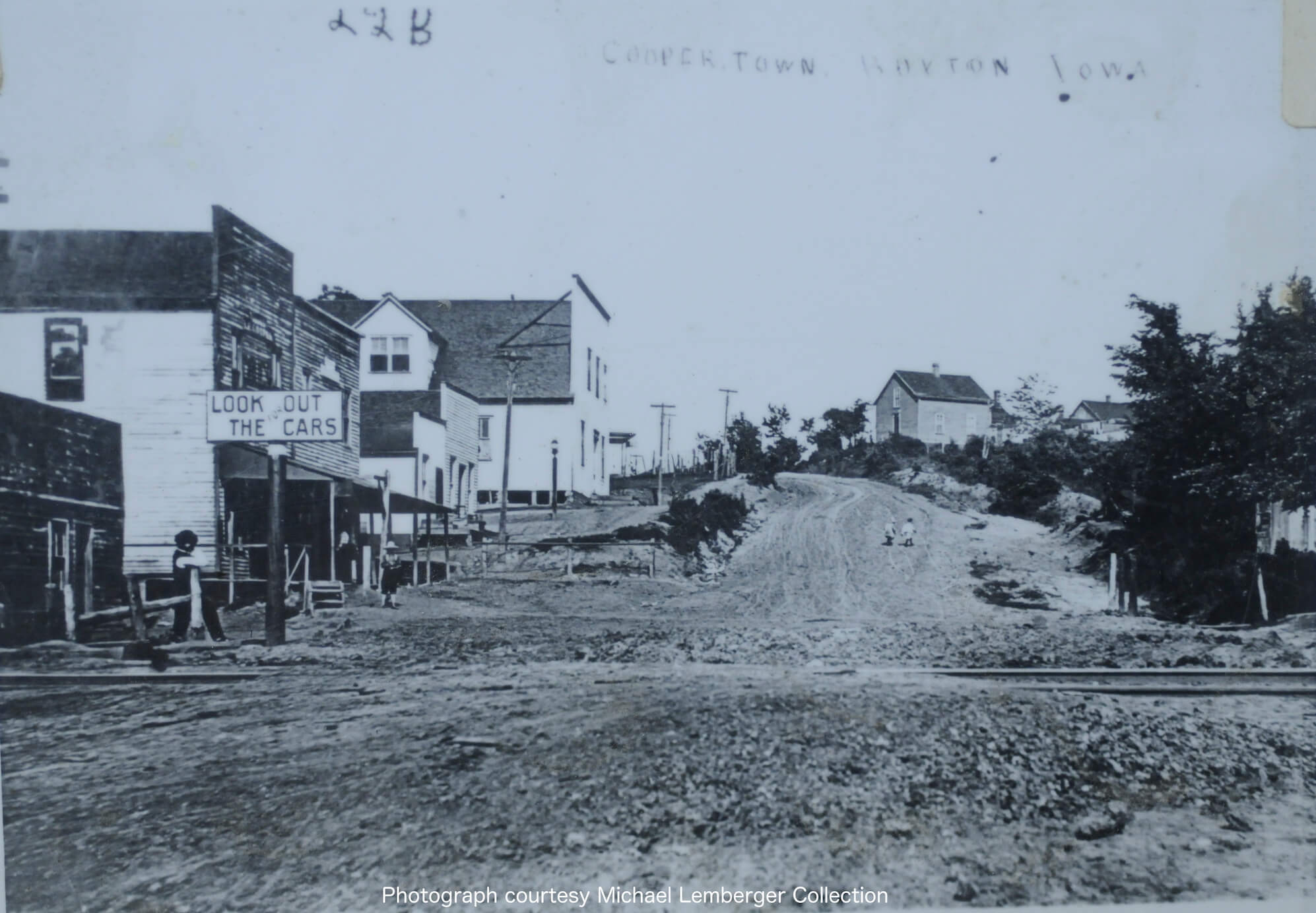Recently, protestors have begun demanding to defund or abolish police departments. Today, as I watched Trevor Noah on “The Daily Show” recap the changes that have already begun as a result of the protests, I was surprised to learn what was happening in Minneapolis. The Minneapolis City Council is already looking to disband its police department and replace it with another program.
“To have gotten this far with only two weeks of protesting is truly amazing,” said Noah, speaking about Minneapolis, police reforms, and other changes elsewhere.
I agree. It is amazing to see changes underway so quickly.
But this also brought to mind that in 1900, Buxton, Iowa never had a police department[1]. As an unincorporated town, there was no police force—or any other government services, for that matter.
So how, at a time even worse than today, a time of Jim Crow and extreme racism and violence against black people, did a racially-integrated coal mining town of 5,000 residents exist without a formal police force?
By doing what some of the protestors are asking for today. Minor violations that were ordinarily handled by the police, such as disorderly conduct or drunkenness, along with verbal disputes or fights that did not result in violence, were handled by residents. Buxton’s constables and justices of the peace, some of whom were black, handled these items. The police was only involved if it was something the men couldn’t handle, like murder or some other law-breaking offense. When these occurred, the sheriff in Albia, Iowa—about 11 miles away—was called in.

Additionally, there was the Buxton Mining Colony[2]. The Colony was a company-mandated organization, complete with bylaws and officers. Men and boys who worked in the mines paid a $1 initiation fee and $0.50/month to belong. The Colony’s main purpose was to pay for a miner’s medical expenses or death benefits.
However, the Colony’s Executive Board was also to “exercise a general supervision of the Colony, represent it when it was not in session, investigate all complaints, cause information to be filed against persons who violate laws, assist in prosecution of said offender.”
~excerpted from “Constitution and Bylaws of the Buxton Mining Colony”, page 5, sec. 5
Reputedly, they also collected fines for infractions.
Another major reason Buxton was able to function without a formal police force may be similar to what Noah said in the above episode, “When you invest in communities, you don’t have to invest in police.”
Consolidation Coal Company invested in the community. The company spent $275,000 for 10,200 acres and more than $6 million on mining equipment, mining rights, and buildings. But even more importantly, it invested in its residents by enforcing racial equity and equality. For example:
- Blacks and whites were neighbors, living in identical company housing
- Black and white children went to the same school and were taught by both black and white teachers
- The company built a $20,000 YMCA for the use of black men, but it was used by both races
- Miners and company store clerks were paid equal wages
- Many of the 40+ businesses—including hotels, grocery stores, pharmacies, and restaurants—were owned by African Americans. Additionally, there were numerous black doctors, lawyers, teachers, pharmacists, and more.
By treating all residents equal and providing equal access to education, jobs, opportunities, and equal pay, conflict and police involvement was minimized.[3] Perhaps Charles Lenger, a Swedish Buxton resident said it best, “Everybody seem like they had a good life because they had money … that’s why they got along.”
Yet another reason we can learn from Buxton, Iowa.

#LearnFromBuxtonIowa
_______________
[1]Muchakinock, Buxton’s predecessor, established around 1874, also did not have a police department.
[2]This appeared to be segregated, most likely by choice. Buxton Mining Colony was for black miners while the Mutual Benefit Association was for white miners. The treasurer, a white man, served both organizations.
[3]Many Iowa newspapers ran sensationalized headlines proclaiming murders in Buxton. While murders did occur, former residents stated they were due to domestic or gambling issues in the “suburbs” of Buxton and were not racially motivated. According to sociologist Dorothy Schweider, crime in Buxton was no worse than any other town its size.

This is where my family is from! My great grandmother was white and married to a black man. They owned a big home on a hill with a library. They adopted my grandmother, a mixed race baby in the late 1800″s. I have the original adoption passports and the diploma she earned in 1913 from the neighboring town of Hiteman. My Grayson cousins owned land in Albia, Ia for many years. This was a black and white community that lived together when it was against the law. I found a handwritten ledger that my grandmother had keeping track of the black professionals that lived there! The last name was Randolf.
Hi Michelle,
Thank you for stopping by and leaving a comment!
Was “Randolph” your great grandmother’s maiden name or her husband’s last name? I have not run across that name yet but I will make a note of it. I am amazed by the number of interracial marriages there were in Buxton — as well as in Muchakinock, Buxton’s predecessor, in 1874!
That is awesome that you have been able to collect original records. And the handwritten ledger, oh my gosh, what a treasure! Just curious: About how many names did she list? Did she include George Woodson, Lottie Armstrong, Hobe Armstrong, Dr. E.A. Carter, Rueben Gaines or … goodness, I could go on. 🙂
Thanks for sharing. It is always wonderful to hear about Buxton connections.
Rachelle